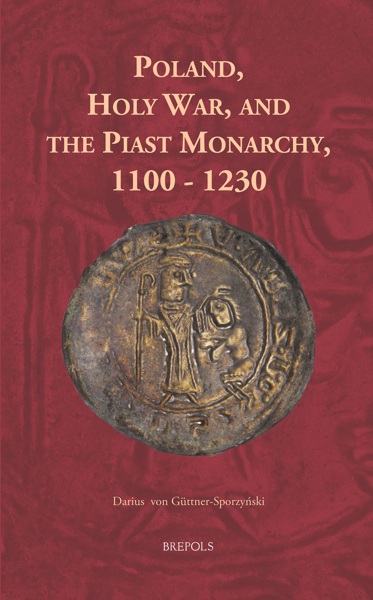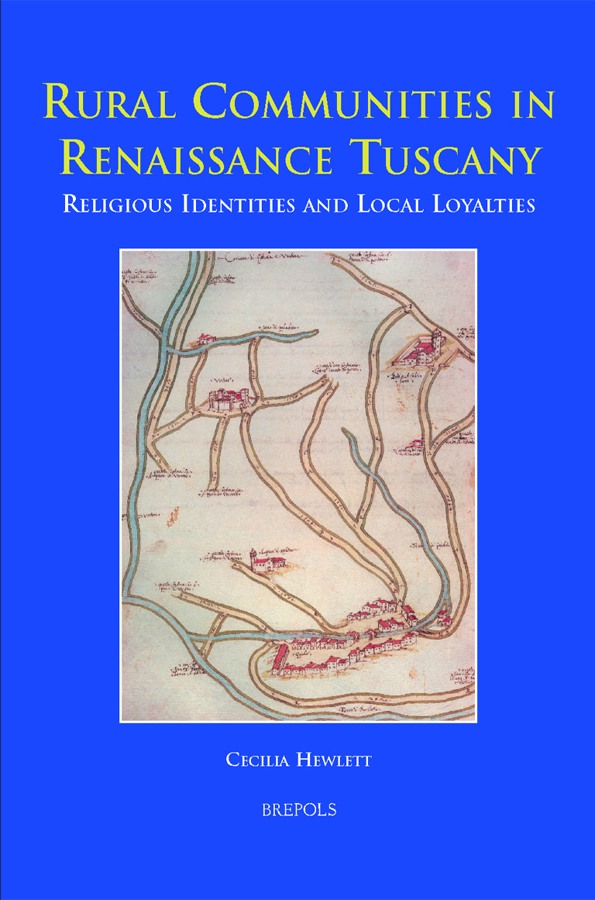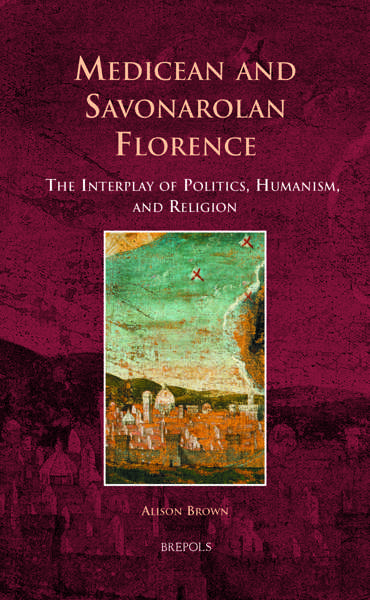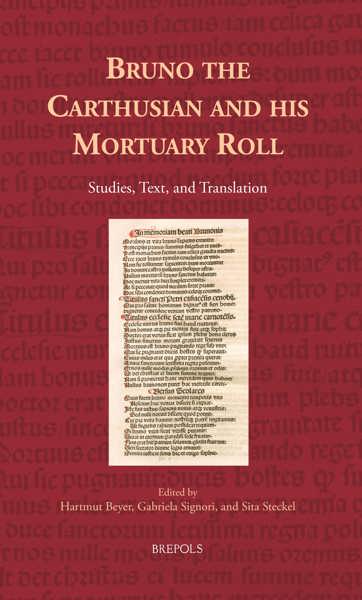
- Pages: 234 p.
- Size:156 x 234 mm
- Illustrations:13 b/w, 6 tables b/w.
- Language(s):English, Italian
- Publication Year:2009
- € 55,00 EXCL. VAT RETAIL PRICE
- ISBN: 978-2-503-52337-8
- Hardback
- Available
- € 55,00 EXCL. VAT RETAIL PRICE
- ISBN: 978-2-503-55797-7
- E-book
- Available
- Communities, social groups and social relations
- Social history (c. 500-1500)
- Religious history (c. 500-1500)
- Italian Peninsula (c. 500-1500)
- Political & institutional history (c. 1501-1800)
- Social history (c. 1501-1800)
- Religious history (c. 1501-1800)
- Urban history (c. 1501-1800)
- Italian Peninsula (c. 1501-1800)
"The author's refusal to subscribe to totalizing models is a great strength of this important and deceptively simple study."
(Nicholas A. Eckstein, in Speculum 85/4, October 2010, p. 975)
"The book is a valuable exploration of the fluid and dynamic relationship of Florence and its territories."
(Christine Meek, in Sixteenth Century Journal XLII/1, Spring 2011, p. 169)
"Clearly, Hewlett aims to inspire others to pursue the same careful, insightful studies for other towns or regions under Florentine rule. If we are fortunate, they will do so as well as she." (A. Williams Lewin, in: The Medieval Review, 10.03.25)
This study explores the nature of these communities and the relationships they forged with the central authorities; it provides an overview of the extraordinary diversity of rural communes, and looks in detail at three areas of the Florentine territory. The communes of Gangalandi, Scarperia, and the communities located in the Pistoian mountains provide the vivid contexts in which the fluid natures of local religious, social, and political ties are examined. The character of each of these rural communities was unique, challenging not only the Florentine government’s mechanisms of control, but our own understanding of the ‘peasant’ as a social category. Hewlett demonstrates that these communes were not simplistic social organizations, but rather vibrant communities of individuals who pursued a vast range of different activities within a series of complex cultural networks. Rural Communities in Renaissance Tuscany also addresses the importance of religion to these communities; an exciting addition to a field that has been until now dominated by the study of urban religious practice.




